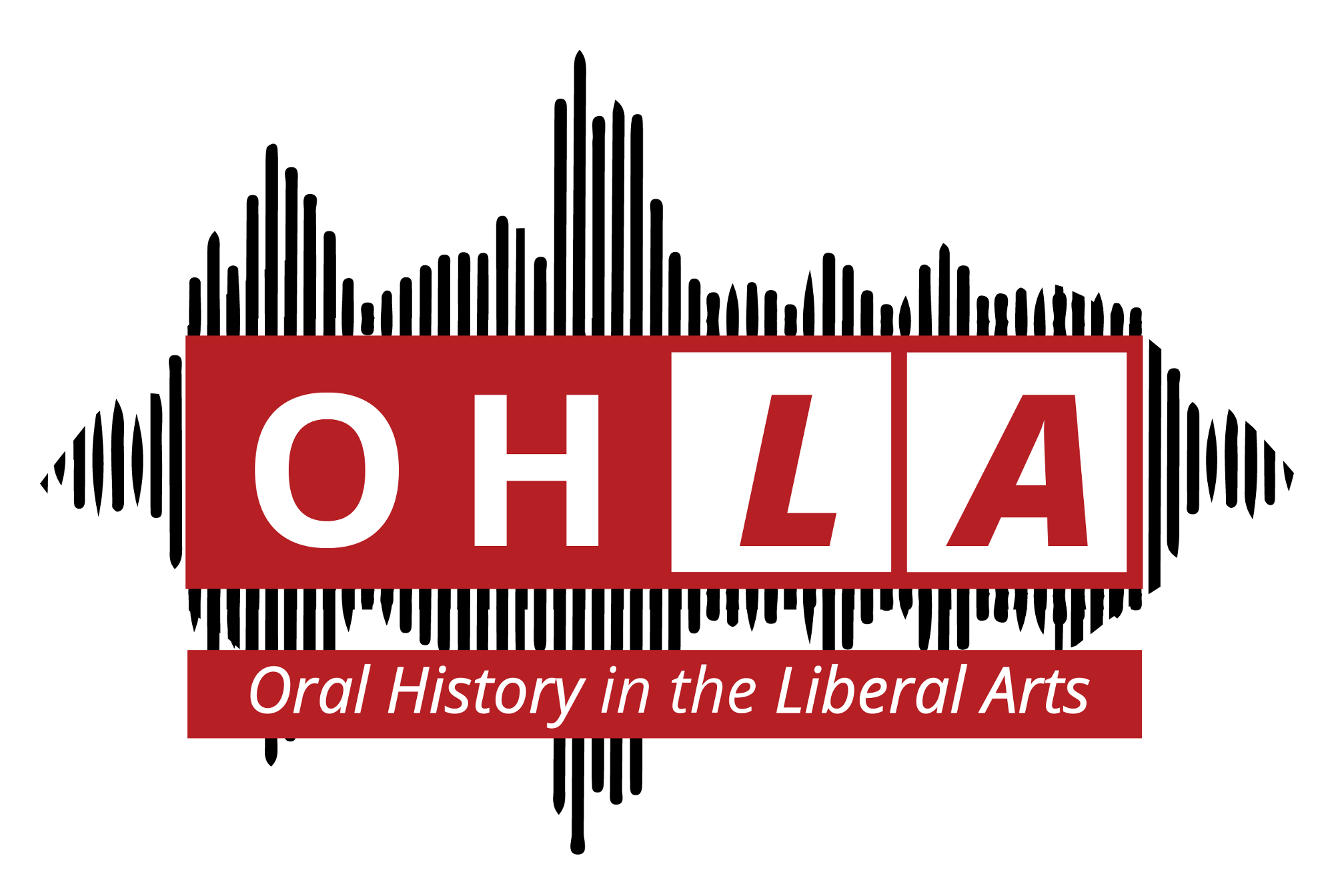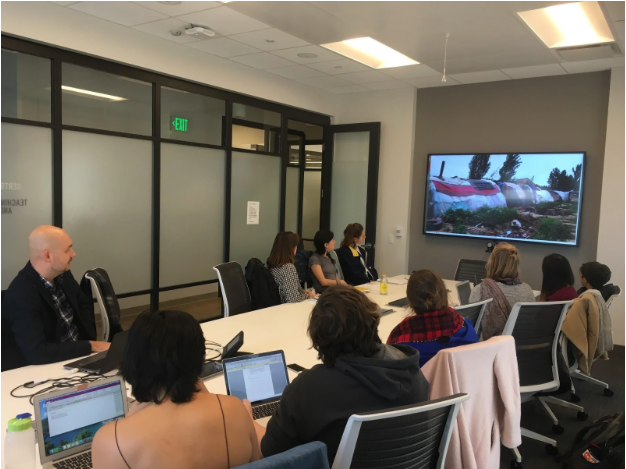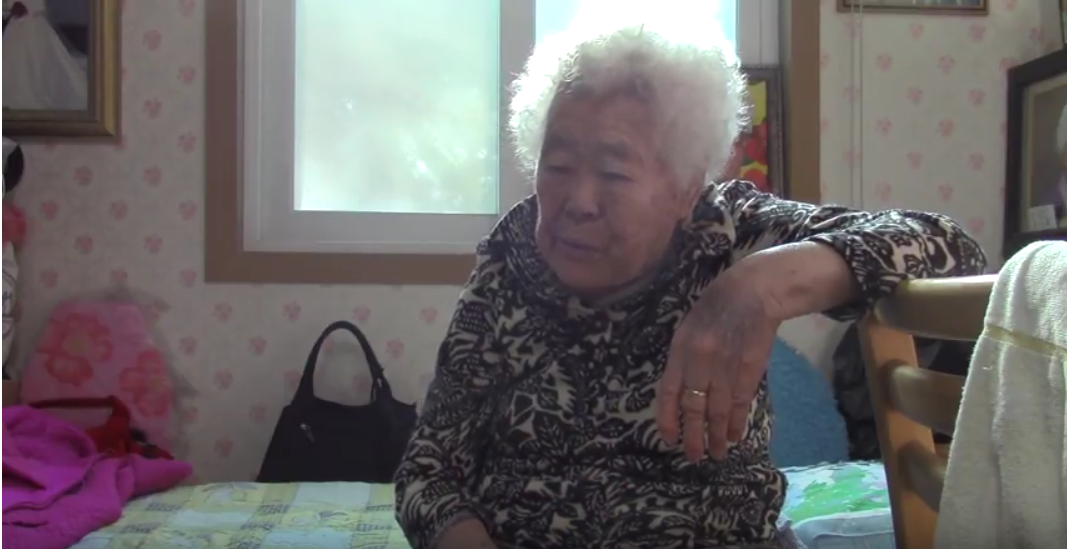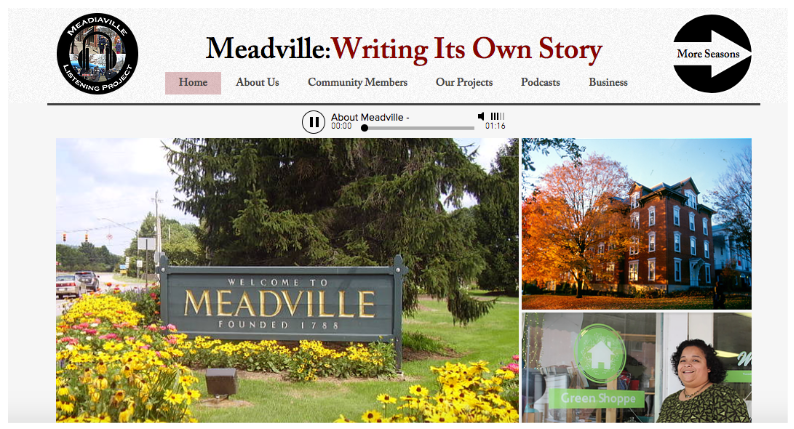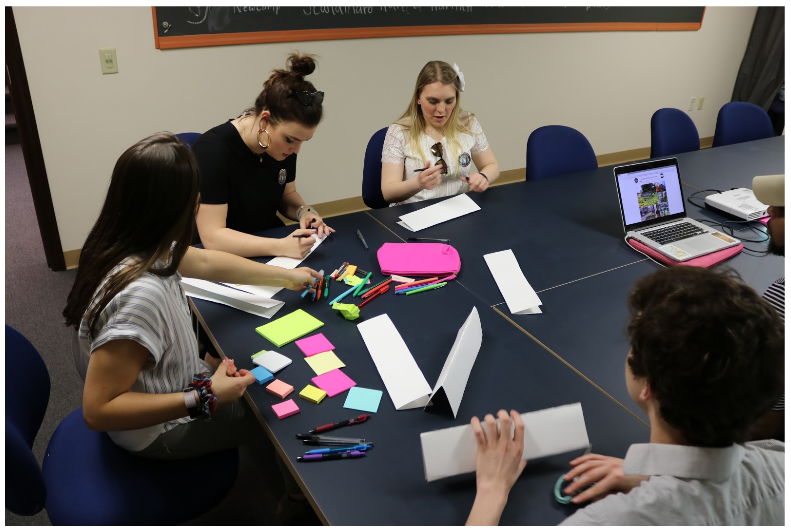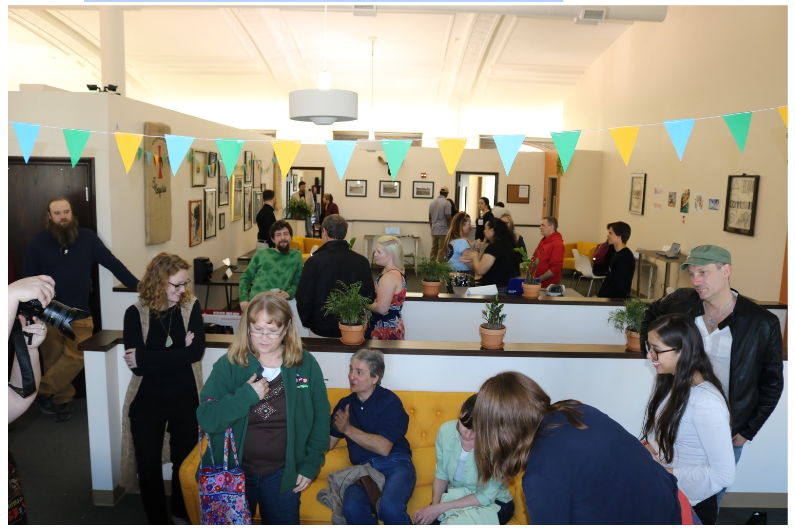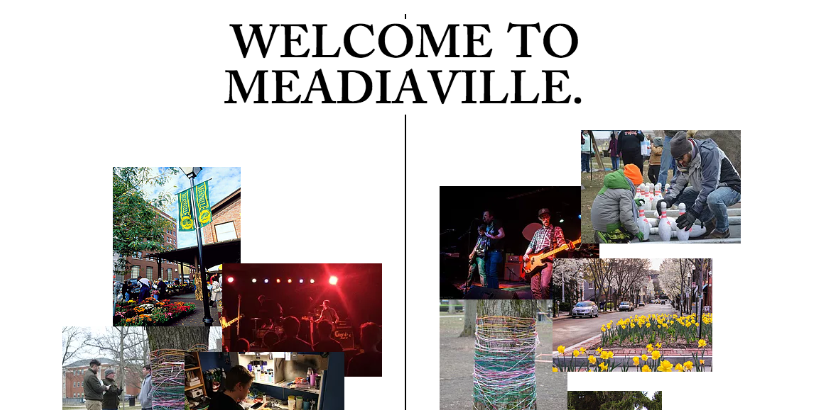In his widely read story “Sonny’s Blues,” James Baldwin narrates the tale of two brothers striving to bridge differences in ages and temperaments. Coming back to teaching this tale after a few years of partnering with the Society for History and Racial Equity (SHARE), I kept hearing the motif of “listening” emerge in the brothers’ efforts to reconnect after their estrangement from each other.
In many ways, the scholarly craft of gathering oral histories represents the discipline of listening. It is not the role of interviewers, after all, to insert themselves into the interviews. While the scope of any project , of course, reflects a narrowing of initial goals, a limiting of potential subjects, and a grounding in method and theory that signals the shaping hand of project coordinators, the aim is to facilitate the interviewees’ storytelling. It is to free up the stage for the person at the mic or before the camera.
Housed within the English Department at Kalamazoo College, I come to this GLCA collaboration not as a historian but as someone who has taught the close reading of literature, engaged in archival research, and written my own stories in the form of traditional scholarship and creative nonfiction/memoir. My own belief in the power of listening and storytelling as an educational practice became clearer some years ago in my service-learning first-year seminar at Kalamazoo College entitled Crossing Borders: Autism and Other Ways of Knowing. At first committed to introducing students to families for the ultimate aim of meeting a need for the son or daughter with autism, it became clear that the process of interviewing parents and interacting with the person on the spectrum produced a greater good. Though students did not conduct oral histories, their structured reflection on family visits underscored the power of sitting alongside narratives that were not their own. What they wrote concerning autism became more nuanced and complex. And, importantly, families expressed just how important it was to move from isolation and silence to shapers of their own stories.
Partnering with Donna Odom, Executive Director of SHARE, this oral history work is part of the local organization’s Engaging the Wisdom Project. It sits college students alongside African American community members and their stories concerning the civil rights period. Over the next three years, we will conduct and transcribe interviews, create an online searchable archive, and produce mini-documentraries and podcasts that direct people into the collection and illuminate the story of civil rights within Kalamazoo. In effect, it will construct a virtual stage, one that will require the discipline of listening and the practice of ethical scholarship.
At the end of Baldwin’s story, Sonny, a jazz pianist, invites his brother to listen to him play. Positioned in the dark beyond the circle of stage light, the brother watches as Sonny struggles to find his voice on the piano. It would not be wrong to suggest that, while not spoken aloud, the older brother had been always posing questions to Sonny but had been learning how to sit and listen. If the blues can be read as a metaphor for the stage of oral history, this collaboration reminds us of the potential of improvisational listening. New stories demand the playing and interpreting of past ones.
